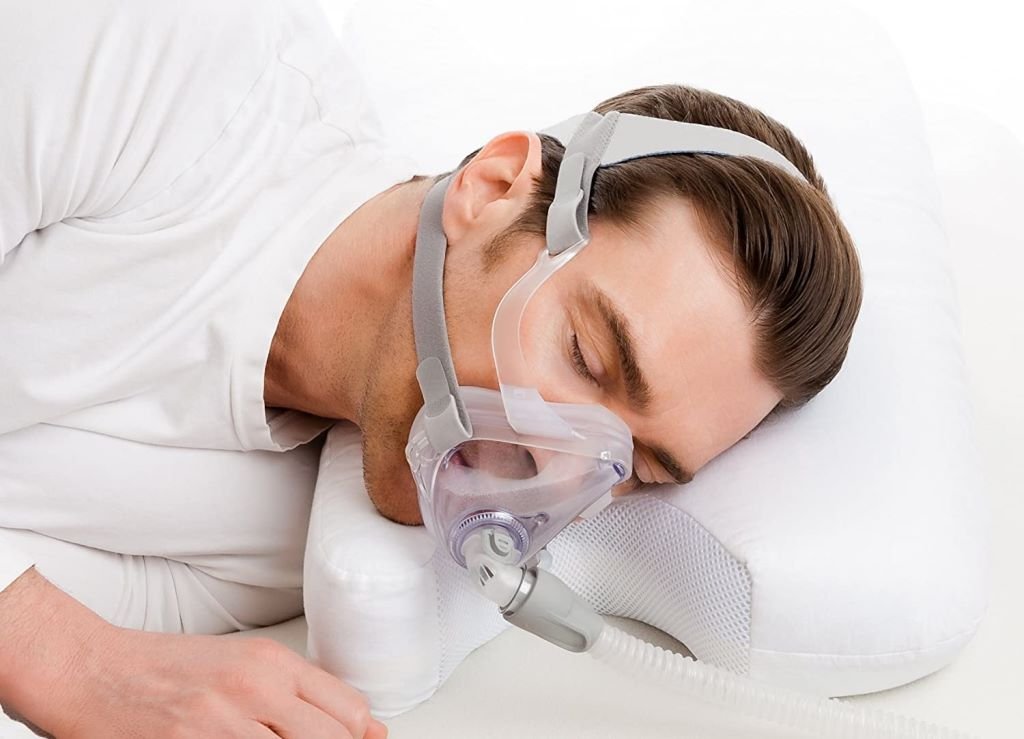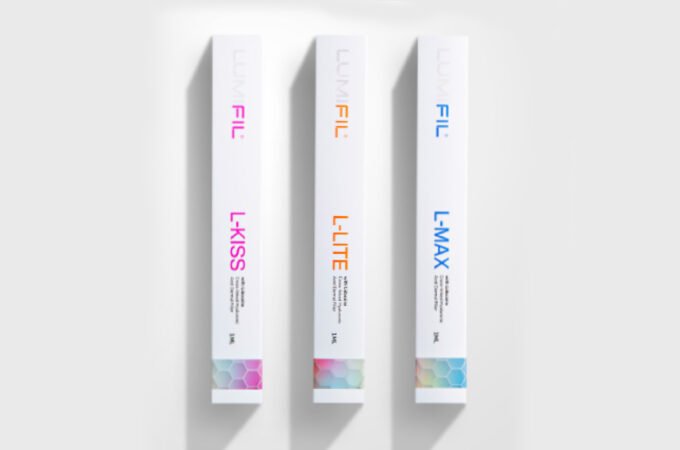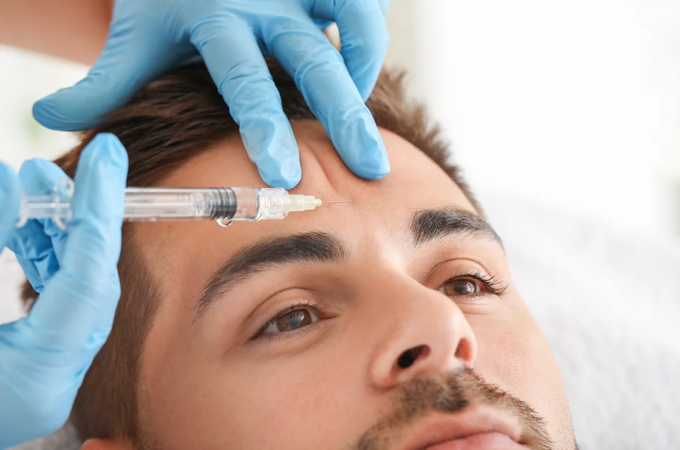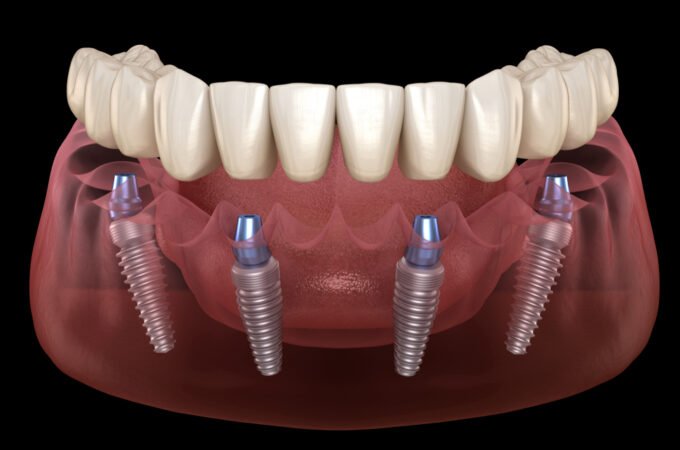
Best CPAP Pillow
PAP, BiPAP, and APAP therapy are widely prescribed to decrease breathing episodes linked to
sleep apnea, along with snoring as well as other apnea health conditions. These therapies include
air moisturizing and pressurizing machines before being delivered to the user via a respiratory
mask and connective tubing. The mask and the shafts may interfere with both the user’s sleep
pattern and cause interruptions during the night as helpful and helpful as this form of therapy can
be.
CPAP, BiPAP or APAP treatments may be found to be mitigated by a CPAP pillow. The pillows
are designed with side cutouts to fit the face mask and connective panels, and the sleeper’s
shoulders are fitted with recessed bottoms. Many CPAP pillows are made of polyfoam, polyester
fibers and/or memory foam.
Read more about CPAP pillow designs, price information and important first time shopper
considerations. Please read more. The pictures for the top CPAP pillows sold today are detailed
below.
Contour CPAPMax 2.0
The pillow includes adjustable loft adjustments for one aspect. It consists of three removable
layers that can be added or removed, resulting in 2 to 5 inches of thickness option. This makes
the pillow suitable for most sleepers, no matter how much you want. Also reversible is the
CPAPMax 2.0. In the one side is a smooth, memory foam, and on the other there is cool fiber
padding.

EnduriMed CPAP Comfort Pillow
Stomach sleep is appropriate for people with sleep apnea as it opens the airway and prevents
obstructions. This position is, however, associated with more pain and discomfort than sleeping
side or back. The EnduriMed CPAP Pillow has been designed to match any single position in
your stomach. Tief cuts allow sleepers to comfortably rest without interfering with the mask or
the pants.
Mars Wellness CPAP Pillow
The CPAP Pillow from Mars Wellness is our top choice for sidesleepers, primarily because of its
size. The pillow is 4 inches thick and provides a middle loft feeling which supports side sleeper
comfortably. Any form or model of mask is fitted with a wide cutout on either side, while the
recessed base provides sufficient space for the sleeper ‘s shoulders.
When you are shopping for the best CPAP pillow, look for the ideal pillow for your sleep needs.
You may be interested in, for example, CPAP pillows for lateral sleepers or a neck support
CPAP pillow. Consider your personal sleep needs and problems with the use of your mask and
sleep apnea at night. Then find your dream pillow. You want to know that your new CPAP
pillow can be washed. You’ll want to replace your CPAP pillow every 6 months, whether the
pillow is not machine-washable or can be sent to dry cleaners.
Frequently asked questions:
What is a CPAP pillow mask?

The CPAP masks with Nasal pillow seal with a soft pillow at the base of the nostrils, also
known as the nares. Headgear is used to support nasal pillow systems. You don’t seal your
mouth. This design is preferred for those who want minimal weight and material.
What is a CPAP pillow?
CPAP pillow is a special bed pillow for people who use CPAP sleep apnea therapy machines.
Their shape and texture are different, normally yanked and cutouts for the mask and pants.
Do CPAP pillows really work?
Sleep apnea patients’ head and neck during the night are assisted by the use of memory mold.
The good support of a memory foam CPAP pillow may be helpful for people who also have neck
pains or spinal problems. There are also hypoallergenic coverings for some CPAP pillows.
What is the best pillow for allergy sufferers?
Natural latex pillows are an excellent choice as well as wool and cotton (all hypoallergenic) and
hollow-fiber anti-allergy. Hollow fiber is made of polyester, but it does have a lighter fabric and
is so breathable (that is why it is ideal for allergy sufferers).
What is the best position to sleep if you have sleep apnea?
The recommendation is to sleep on the left. In fact, it is strongly recommended to sleep on the
left, because it helps the blood to circulate better and provides little or no breathing resistance.
How many hours per night should CPAP be used?

Studies show that the long-term health risk of obstructive sleep apnea is minimized by six hours
of use of CPAP per night. We encourage our patients to light up CPAP every night and try to put
it back into place after night awakenings.




